Takayuki Iguchi
Probably certifiably correct k-means clustering
Apr 23, 2016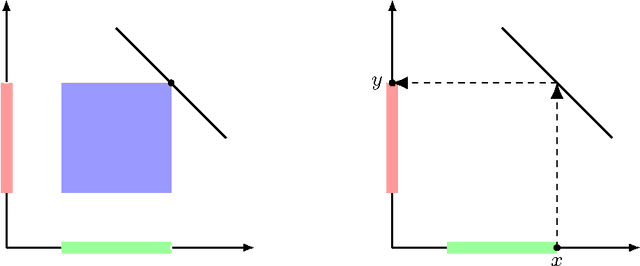
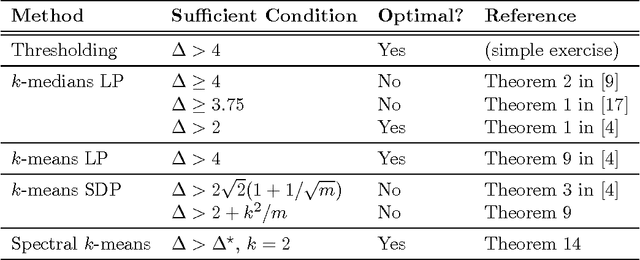
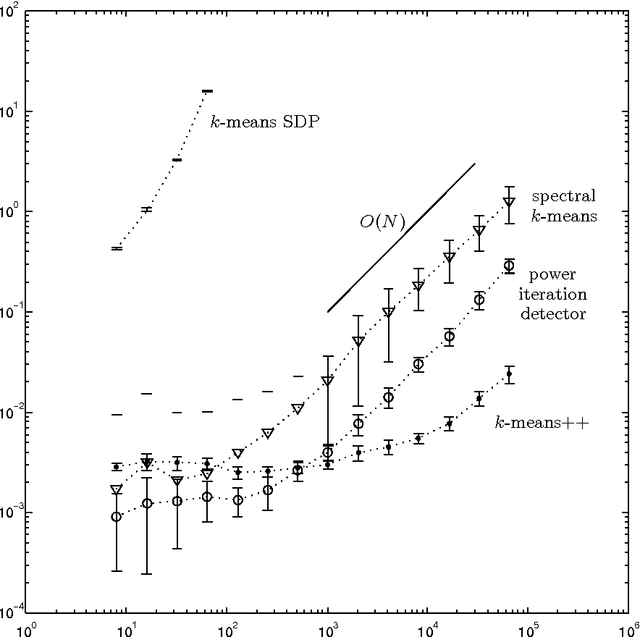

Abstract:Recently, Bandeira [arXiv:1509.00824] introduced a new type of algorithm (the so-called probably certifiably correct algorithm) that combines fast solvers with the optimality certificates provided by convex relaxations. In this paper, we devise such an algorithm for the problem of k-means clustering. First, we prove that Peng and Wei's semidefinite relaxation of k-means is tight with high probability under a distribution of planted clusters called the stochastic ball model. Our proof follows from a new dual certificate for integral solutions of this semidefinite program. Next, we show how to test the optimality of a proposed k-means solution using this dual certificate in quasilinear time. Finally, we analyze a version of spectral clustering from Peng and Wei that is designed to solve k-means in the case of two clusters. In particular, we show that this quasilinear-time method typically recovers planted clusters under the stochastic ball model.
On the tightness of an SDP relaxation of k-means
May 18, 2015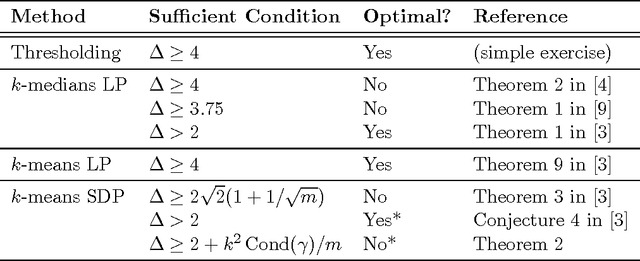
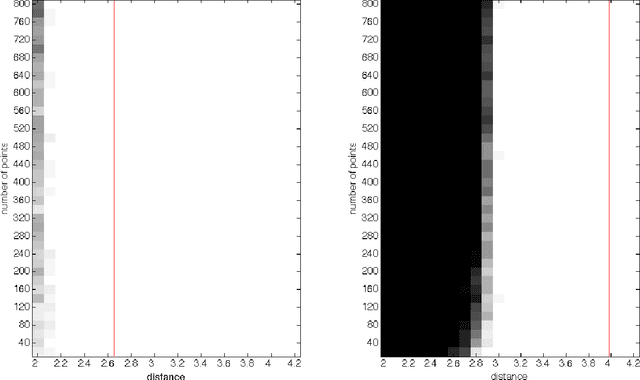
Abstract:Recently, Awasthi et al. introduced an SDP relaxation of the $k$-means problem in $\mathbb R^m$. In this work, we consider a random model for the data points in which $k$ balls of unit radius are deterministically distributed throughout $\mathbb R^m$, and then in each ball, $n$ points are drawn according to a common rotationally invariant probability distribution. For any fixed ball configuration and probability distribution, we prove that the SDP relaxation of the $k$-means problem exactly recovers these planted clusters with probability $1-e^{-\Omega(n)}$ provided the distance between any two of the ball centers is $>2+\epsilon$, where $\epsilon$ is an explicit function of the configuration of the ball centers, and can be arbitrarily small when $m$ is large.
 Add to Chrome
Add to Chrome Add to Firefox
Add to Firefox Add to Edge
Add to Edge